I'm trying to grasp the concept of arrays of structures and came up with a problem. Hopefully you can help me out.
Okay, so, the problem I'm facing is how to declare and use (i.e. accept & display values) of an array variable within an array of structures?
This sample code may visually help you to understand my problem:
#include<stdio.h>
struct node{
int roll;
char name[10];
int grades[5]; // Accepts 5 grades for each student
};
int main()
{
struct node student[3];
/*Accept and display values for structure members here*/
return 0;
}
I know there's a similar example here.
But I don't understand line 4 in the accepted answer's main() section, where memory is allocated using malloc() :
list[ip].inputs[inp]= (char*)malloc(25);
I'm getting confused between the 25 bytes allocated here and the 10 defined in char* inputs[10];
What exactly is happening here? And how do you solve the problem I mentioned above?

